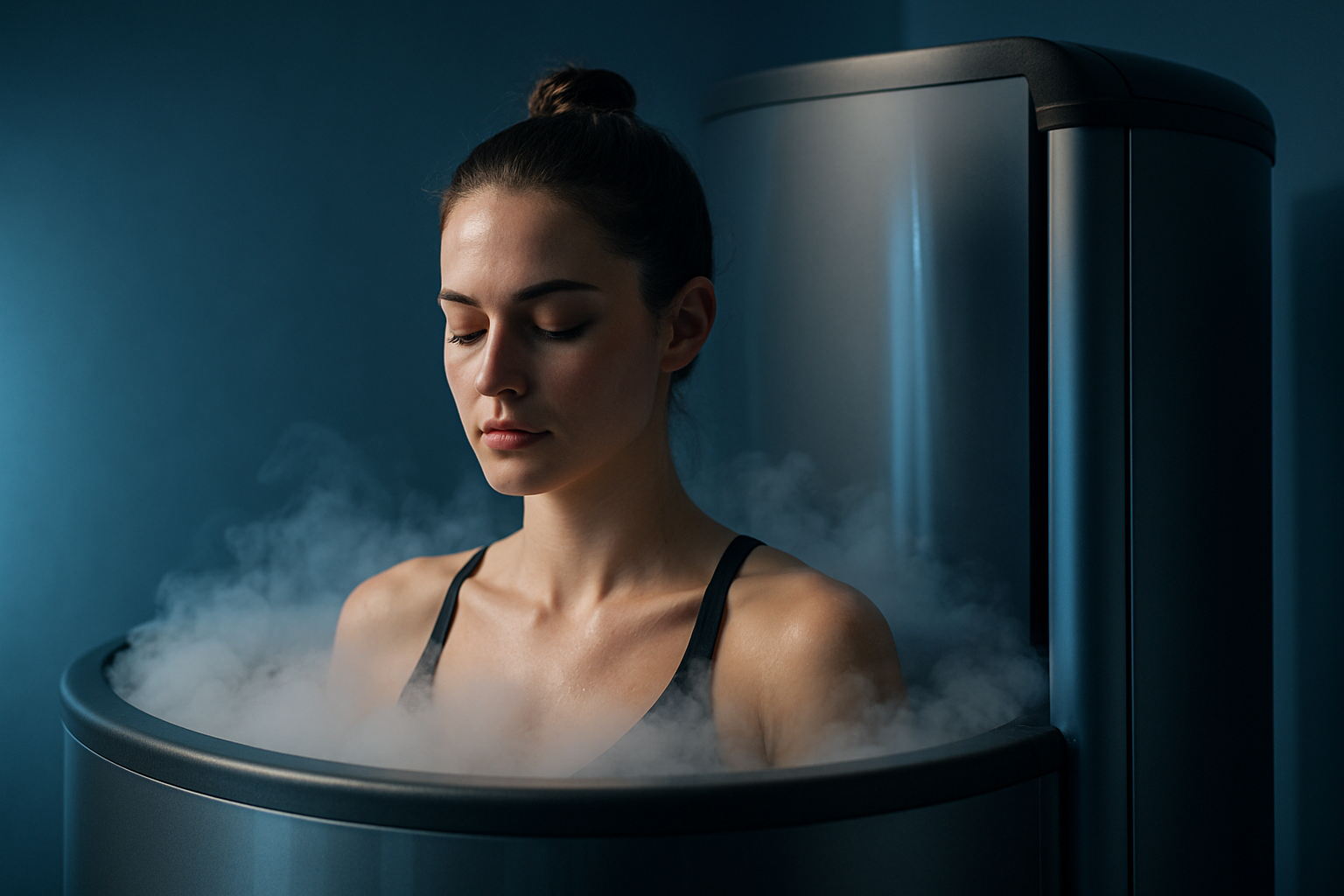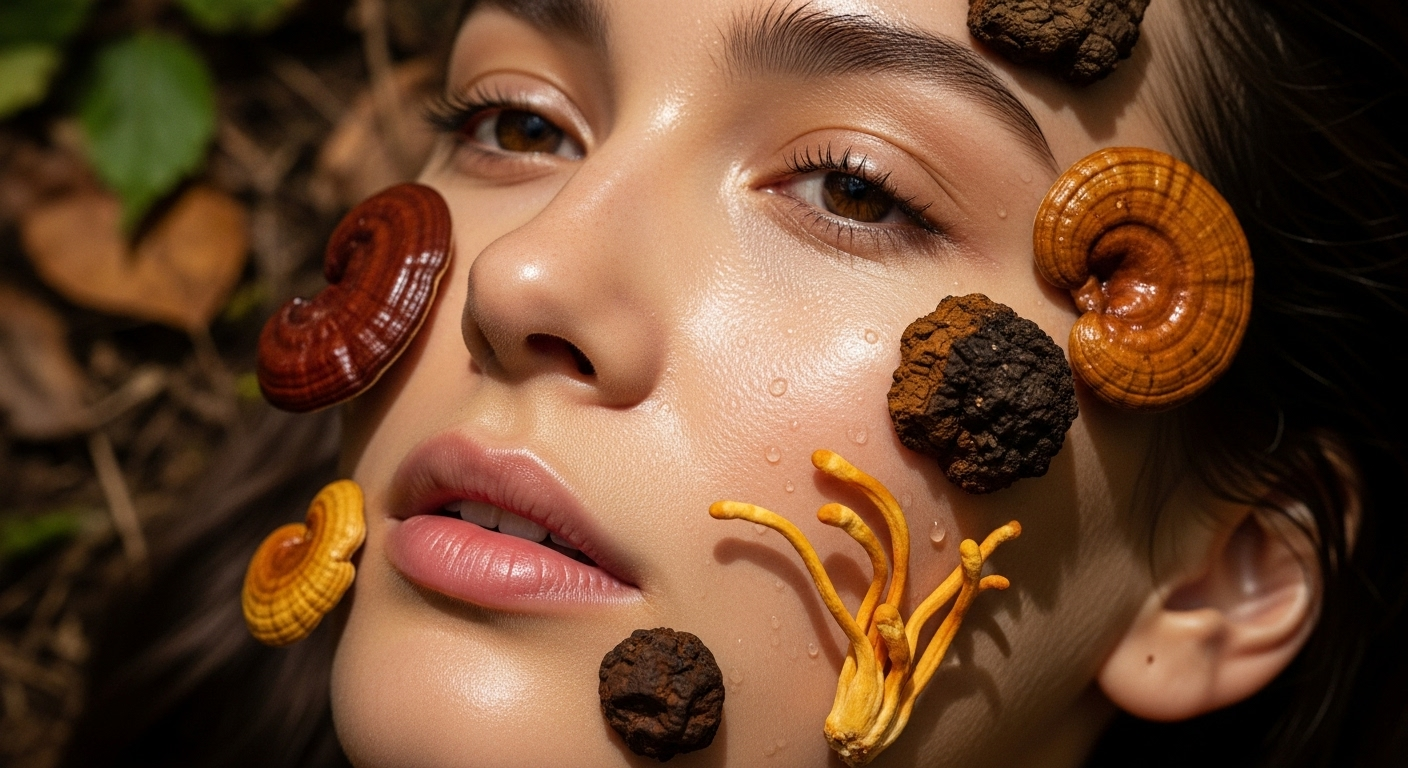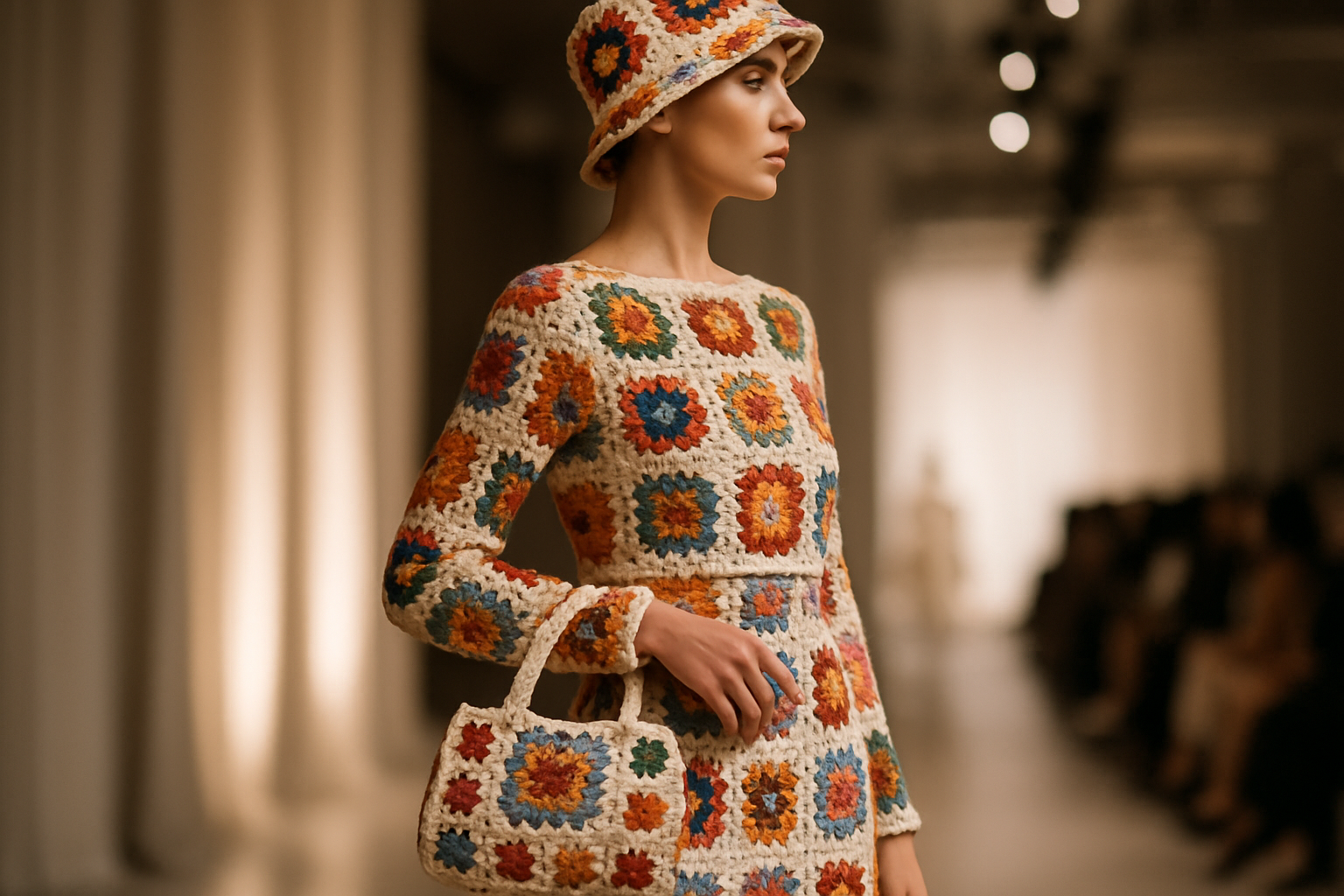Cryotherapy: The Cold Truth About Beauty's Hottest Trend
Imagine stepping into a chamber where temperatures plummet to a bone-chilling -200°F. Your body, enveloped in icy vapors, begins to tingle as blood rushes to protect your vital organs. This isn't a scene from a sci-fi movie, but rather the latest craze sweeping the beauty and wellness world: cryotherapy. Proponents claim it can boost metabolism, reduce inflammation, and even slow aging. But what's the science behind these icy claims? As cryotherapy chambers pop up in spas and wellness centers across the globe, it's time to take a deeper look at this cool phenomenon and separate fact from fiction in the quest for beauty and fitness.

A Frosty History: From Medical Treatment to Wellness Trend
The roots of modern cryotherapy can be traced back to Japan in the 1970s. Dr. Toshima Yamauchi began using extreme cold to treat rheumatoid arthritis in his patients. The treatment showed promise in reducing pain and inflammation, leading to further research and development. By the 1980s, cryotherapy had made its way to Europe, where it gained popularity among athletes for recovery and performance enhancement. It wasn’t until the early 2000s that cryotherapy began to transition from a purely medical treatment to a wellness trend, with the first whole-body cryotherapy centers opening in the United States around 2009.
The Science of the Shiver: How Cryotherapy Affects the Body
When exposed to extreme cold, the body initiates a series of physiological responses. Blood vessels near the skin’s surface constrict, redirecting blood flow to the core to protect vital organs. This process, known as vasoconstriction, is believed to be the key mechanism behind many of cryotherapy’s purported benefits. As the body warms up post-treatment, blood rushes back to the extremities, potentially carrying toxins with it and promoting cellular repair. Additionally, the cold exposure triggers the release of endorphins and norepinephrine, hormones associated with pain relief and mood elevation.
Icy Claims: Cryotherapy’s Touted Benefits
Proponents of cryotherapy tout a wide range of benefits, from aesthetic improvements to enhanced athletic performance. Some of the most common claims include:
-
Reduced inflammation and muscle soreness
-
Accelerated metabolism and weight loss
-
Improved skin tone and collagen production
-
Enhanced mood and reduced symptoms of anxiety and depression
-
Boosted immune system function
-
Increased energy and improved sleep quality
While these claims are certainly enticing, it’s important to note that scientific evidence supporting many of these benefits is still limited and often conflicting.
The Cold, Hard Facts: What Research Says About Cryotherapy
Despite its growing popularity, cryotherapy remains a controversial topic in the scientific community. Some studies have shown promising results, particularly in the areas of pain relief and muscle recovery. A 2017 review published in the Journal of Clinical Medicine found that whole-body cryotherapy could be effective in reducing muscle pain and improving recovery in athletes. However, the same review noted that more research is needed to determine optimal treatment protocols and long-term effects.
When it comes to cryotherapy’s beauty claims, the evidence is even more sparse. While some studies have suggested that cold exposure can boost collagen production and improve skin tone, these effects are often short-lived and may not be significantly different from those achieved through other, less extreme methods.
Chilling Concerns: Safety and Regulation in the Cryotherapy Industry
As with any emerging wellness trend, safety concerns surrounding cryotherapy have arisen. In 2015, the death of a cryotherapy spa employee in Nevada raised serious questions about the industry’s regulation and safety standards. The incident led to increased scrutiny and calls for better oversight of cryotherapy facilities.
The U.S. Food and Drug Administration (FDA) has not approved whole-body cryotherapy devices for any medical purpose, stating that there is a lack of evidence about their safety or effectiveness. The agency has also warned consumers about potential risks, including asphyxiation, frostbite, and burns.
The Future of Freeze: Where Cryotherapy is Headed
Despite the controversies and lack of conclusive scientific evidence, the popularity of cryotherapy shows no signs of cooling off. The global cryotherapy market is projected to reach $6.7 billion by 2026, according to a report by Grand View Research. This growth is driven in part by increasing adoption among professional athletes and celebrities, as well as a growing consumer interest in alternative wellness treatments.
As the industry expands, we can expect to see more research into the long-term effects and optimal protocols for cryotherapy. Additionally, technological advancements may lead to more sophisticated and safer cryotherapy devices, potentially addressing some of the current safety concerns.
In conclusion, cryotherapy represents a fascinating intersection of ancient healing practices and modern technology. While its benefits may be overstated in some areas, it has undoubtedly captured the imagination of the wellness world. As with any emerging treatment, it’s crucial for consumers to approach cryotherapy with a balanced perspective, weighing potential benefits against known risks and always consulting with healthcare professionals before diving into the deep freeze. As research continues and the industry evolves, we may yet unlock the full potential of this chilly treatment in the realms of beauty and fitness.





